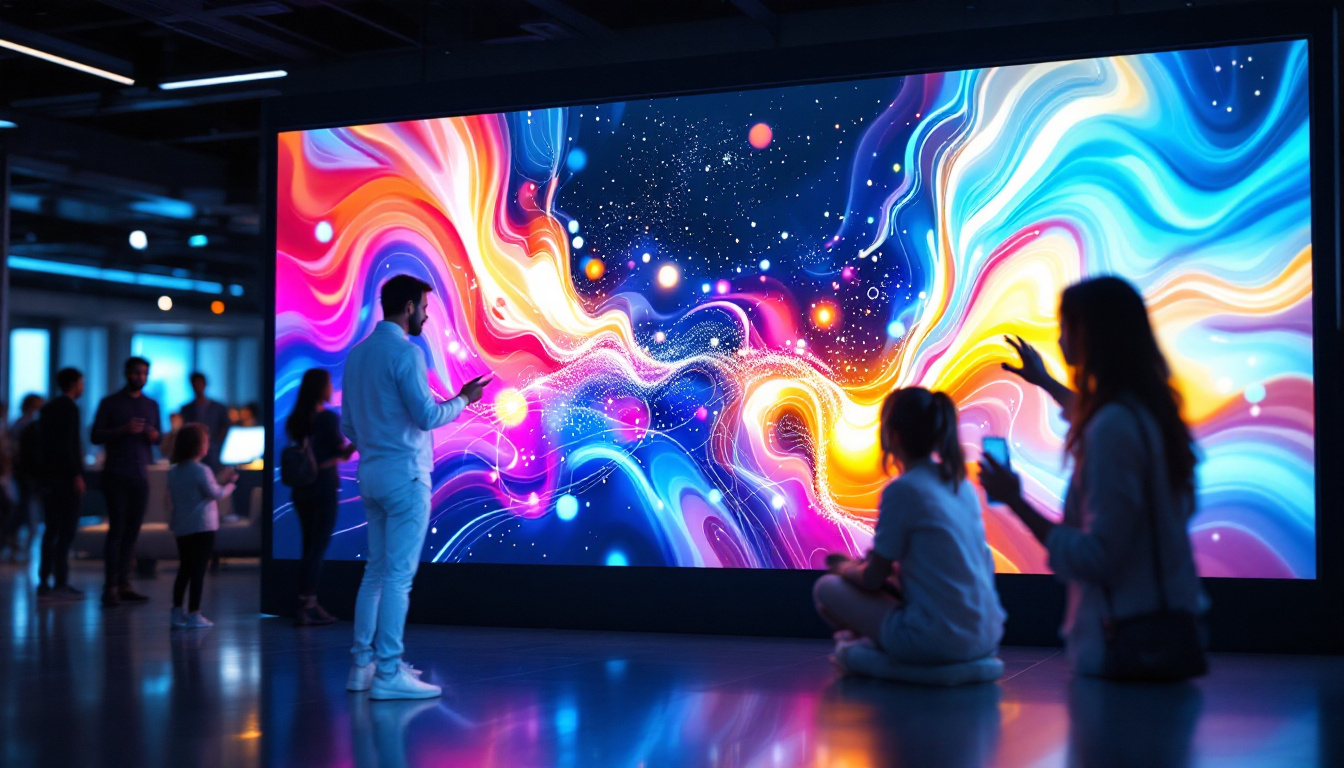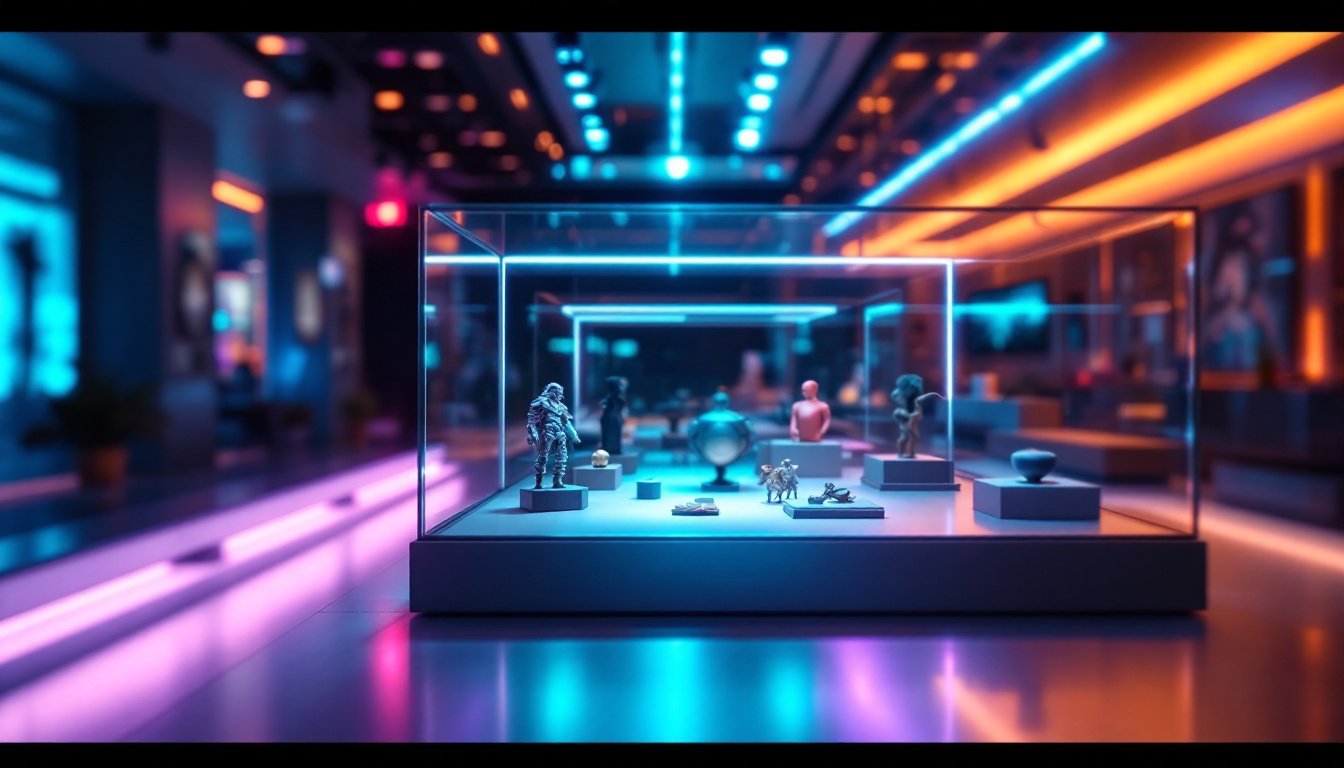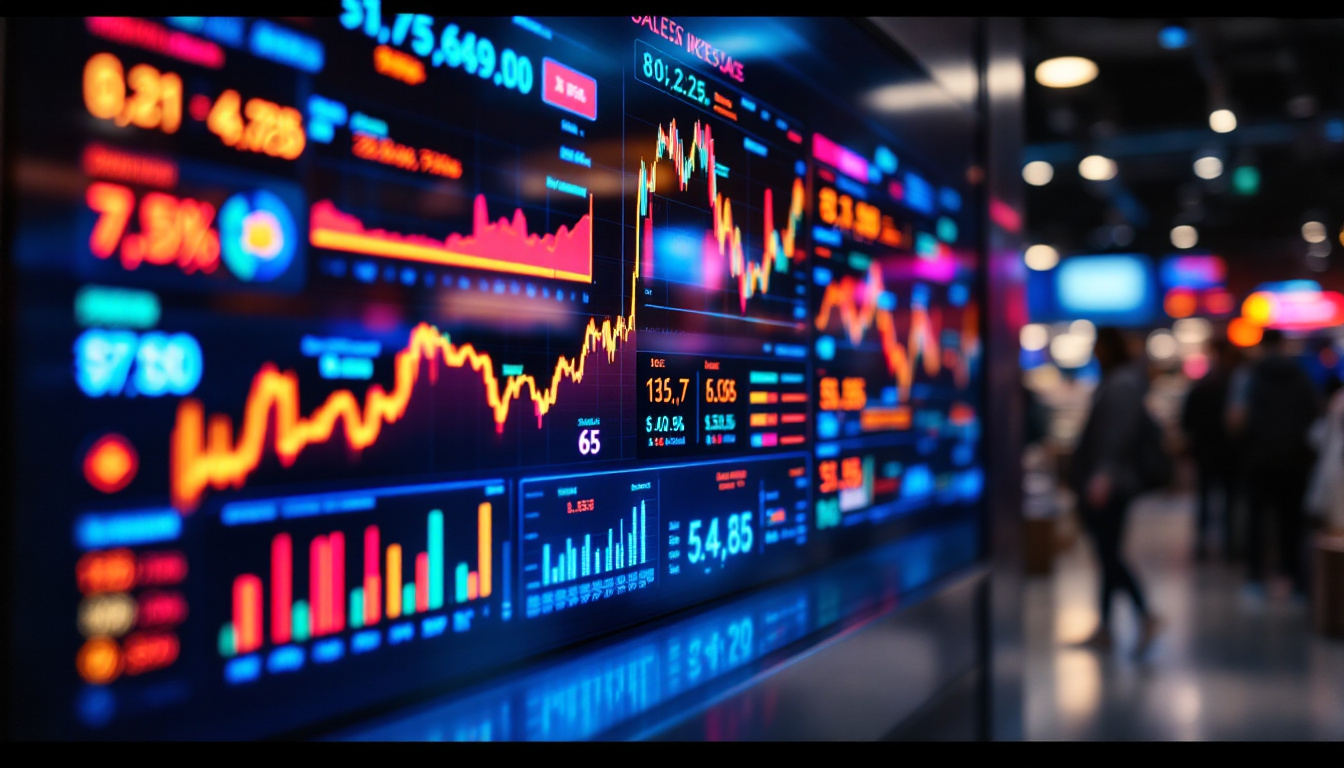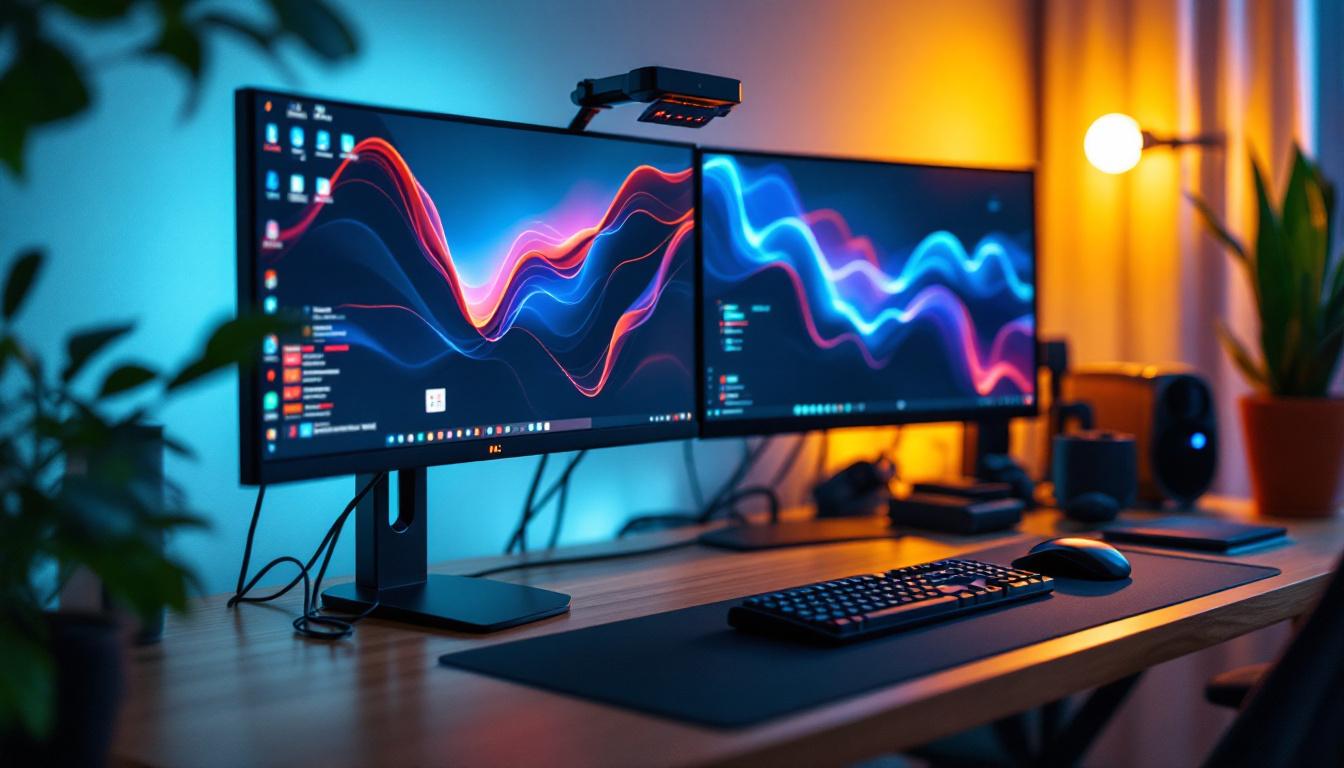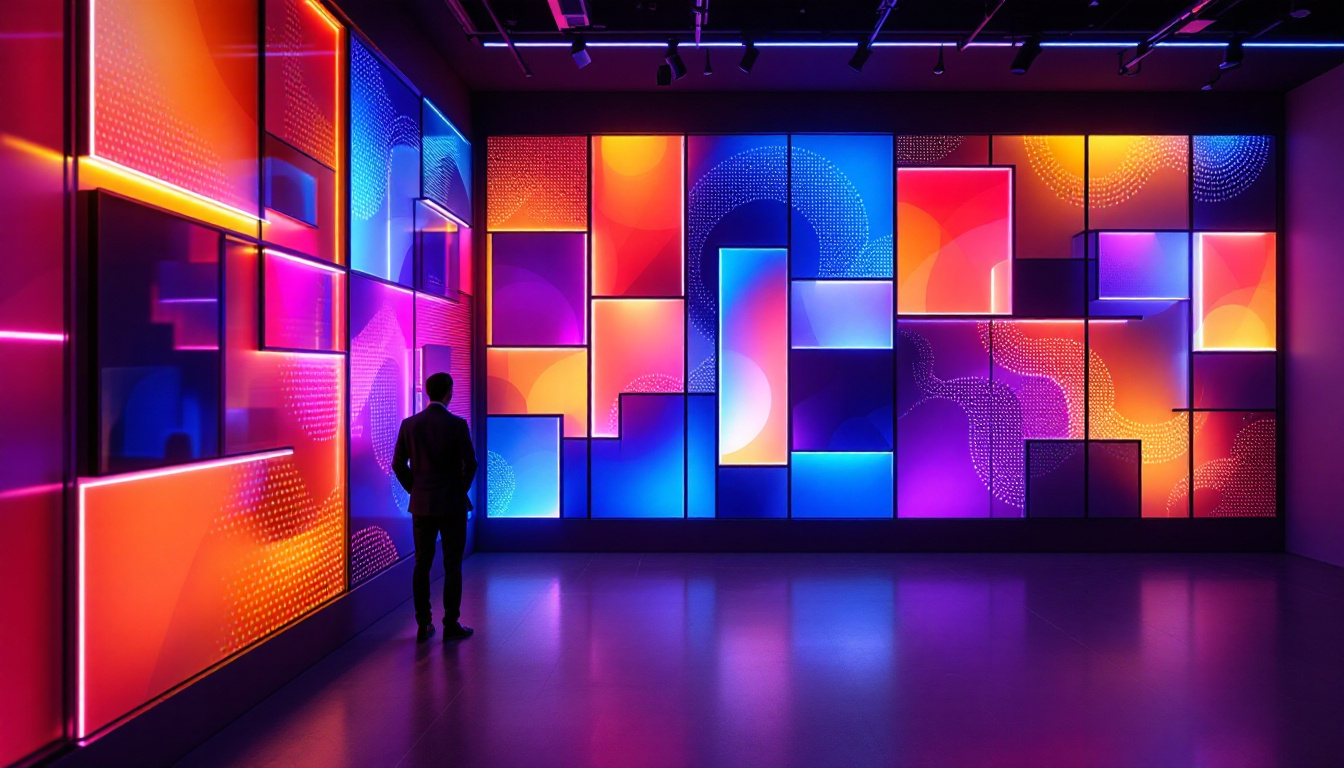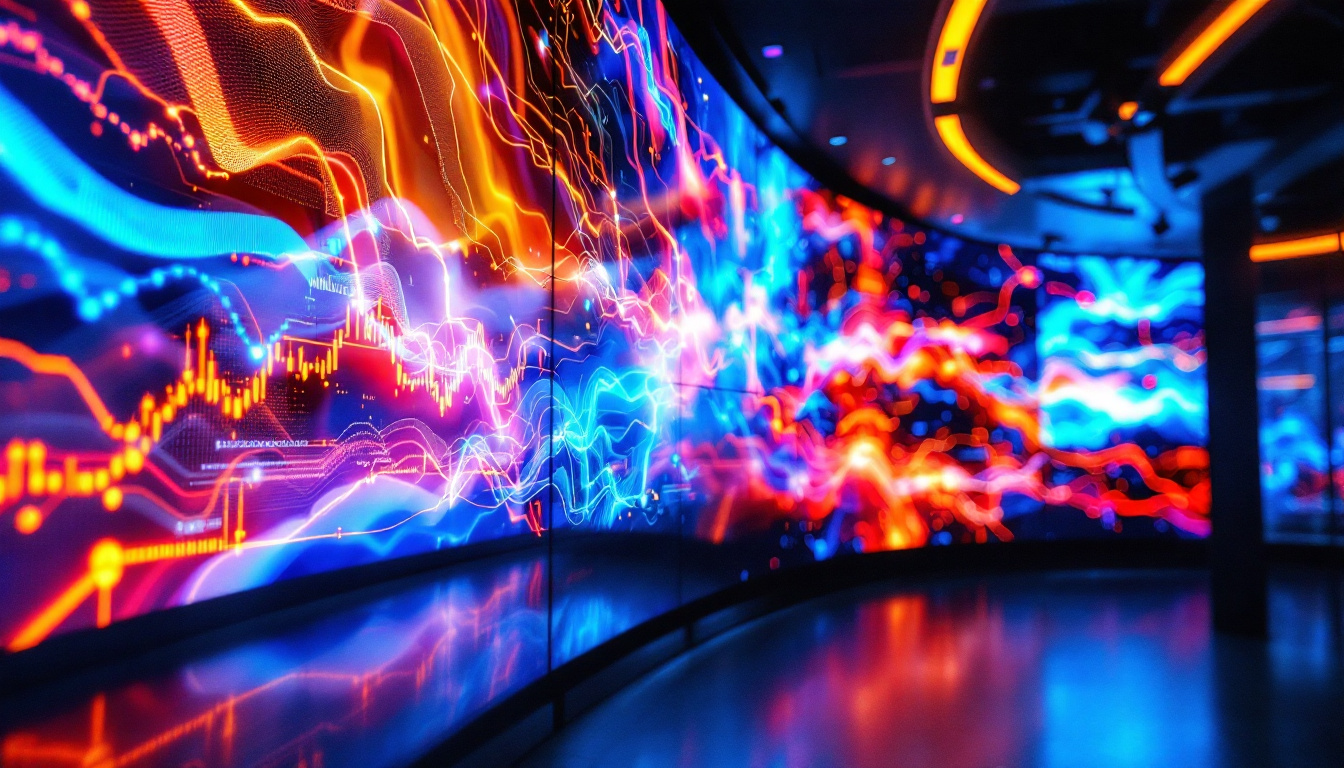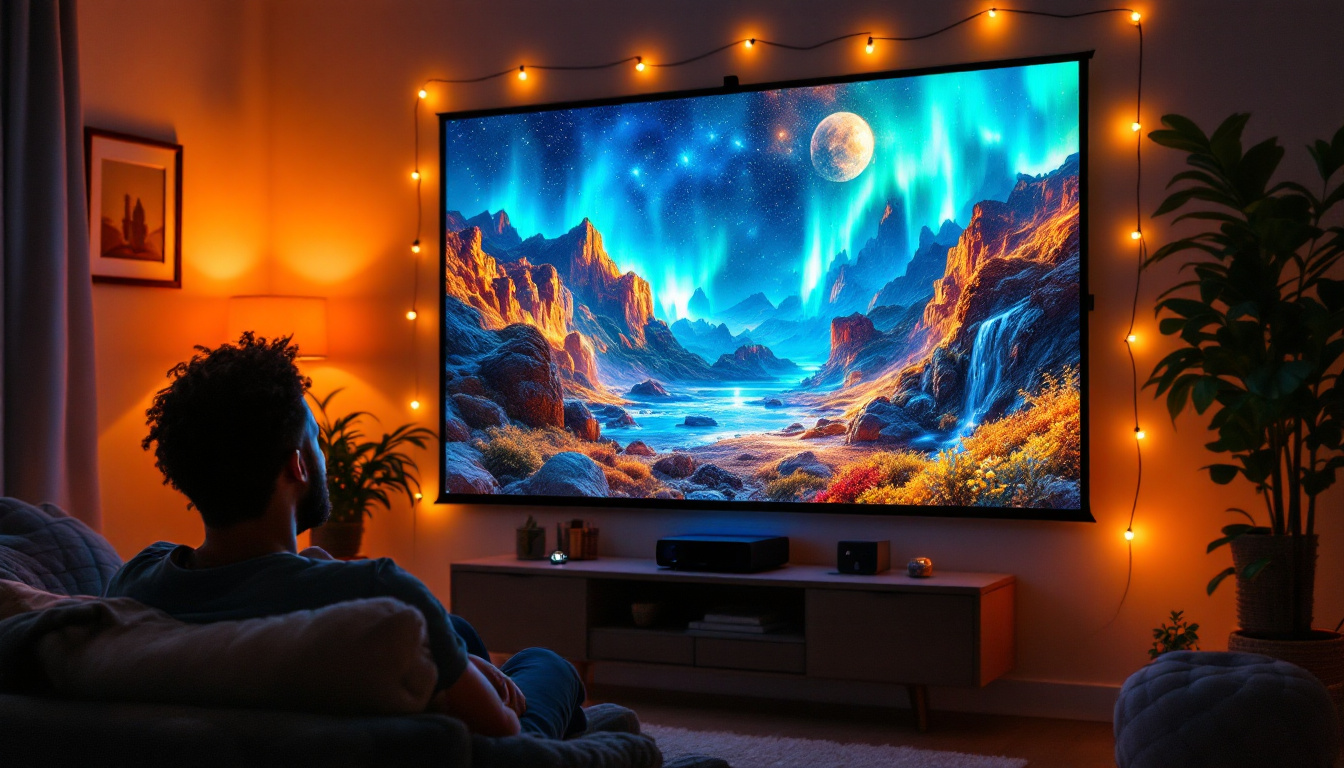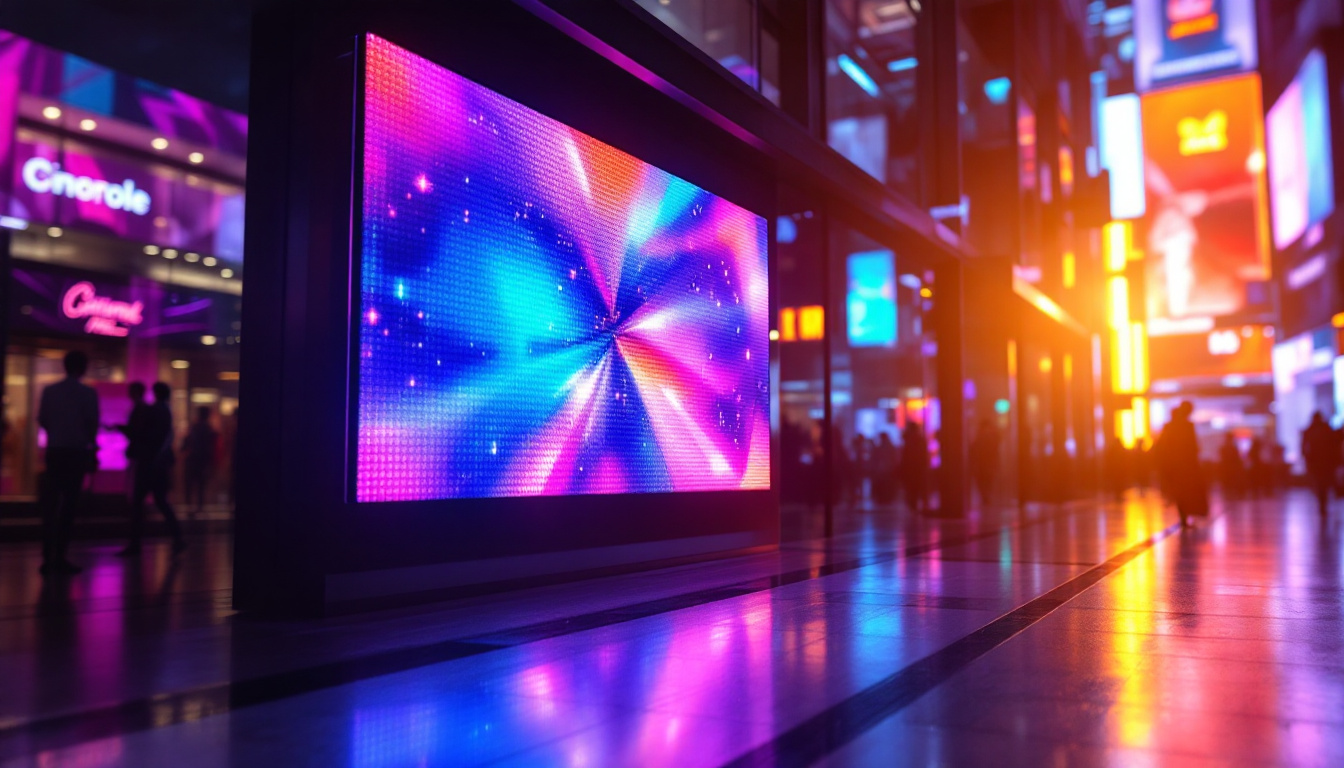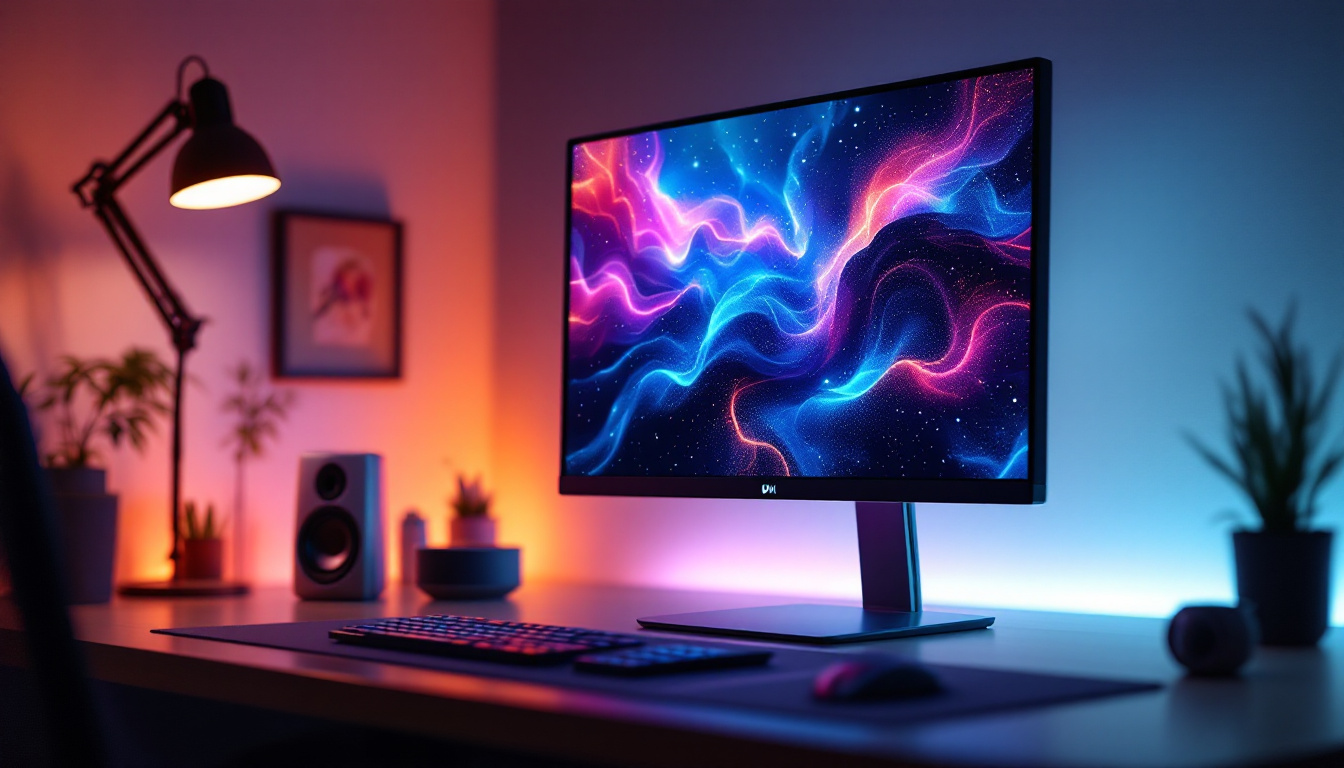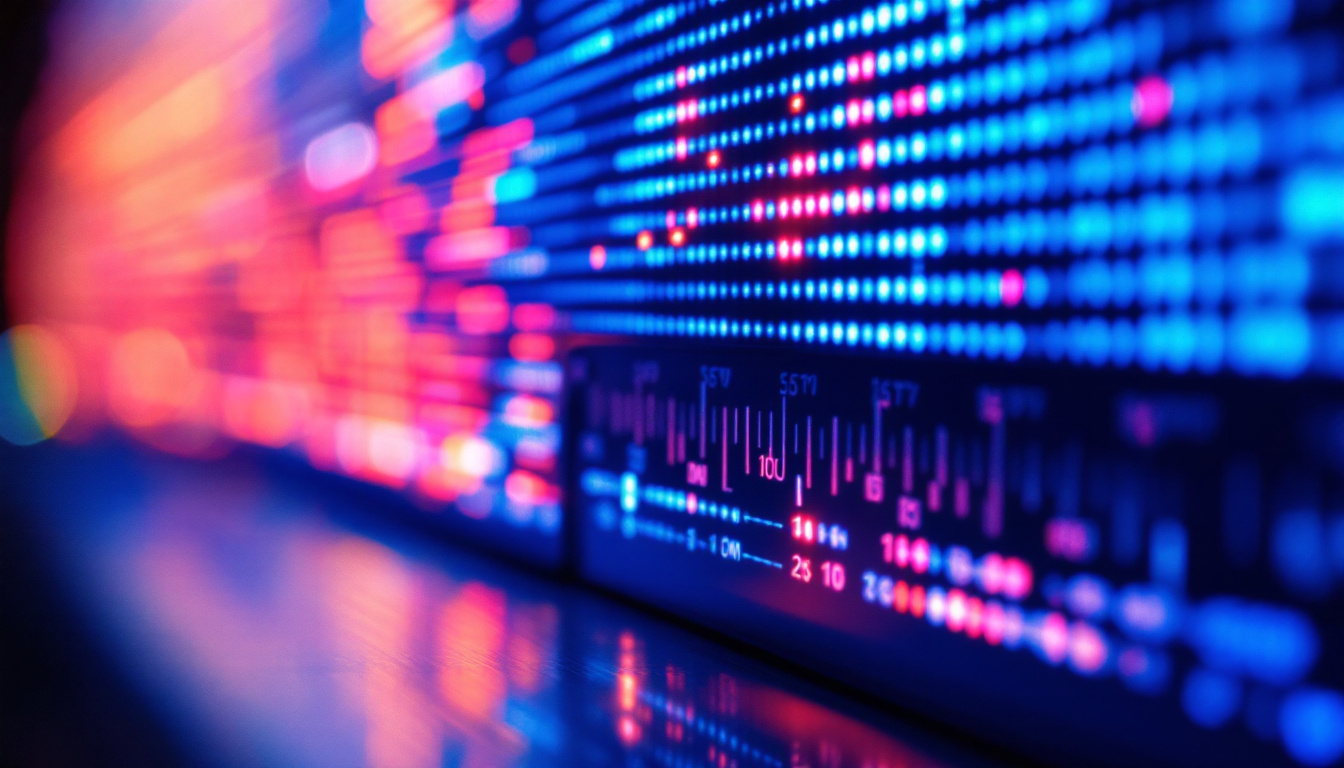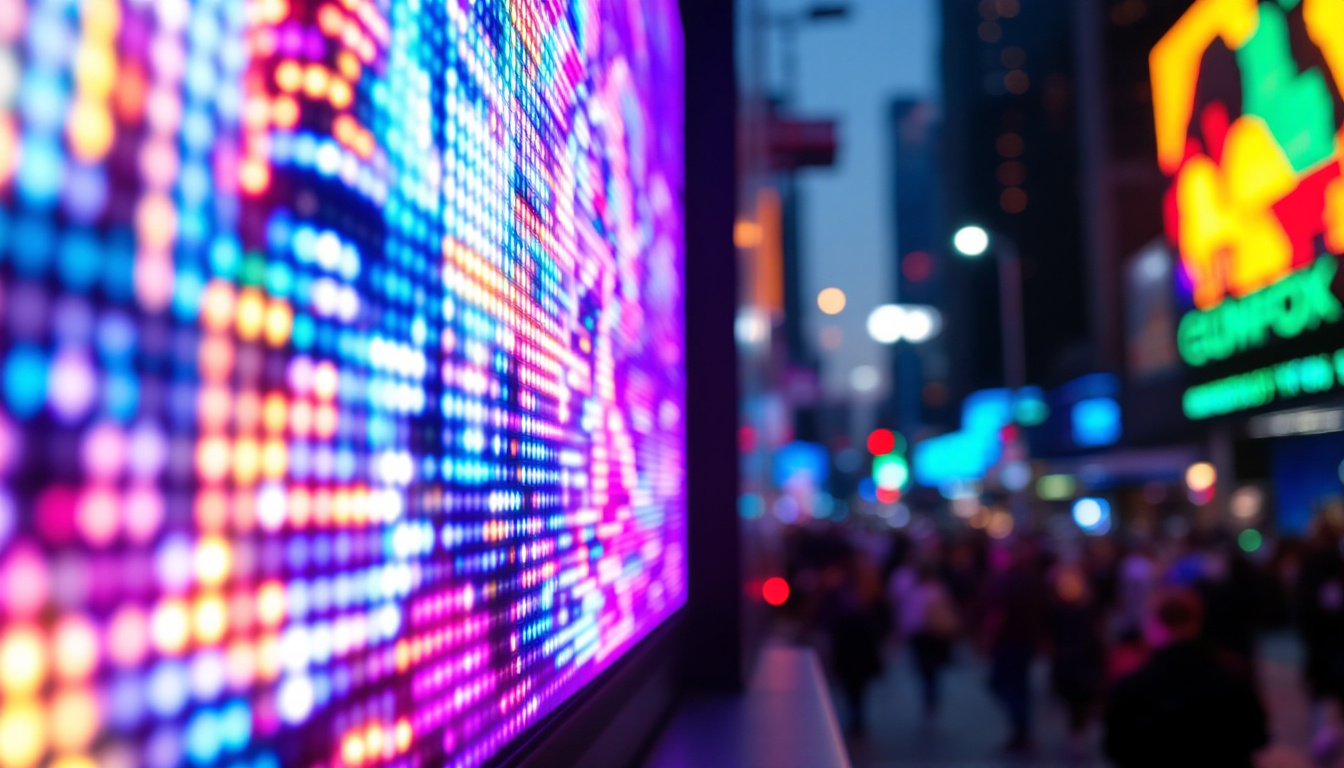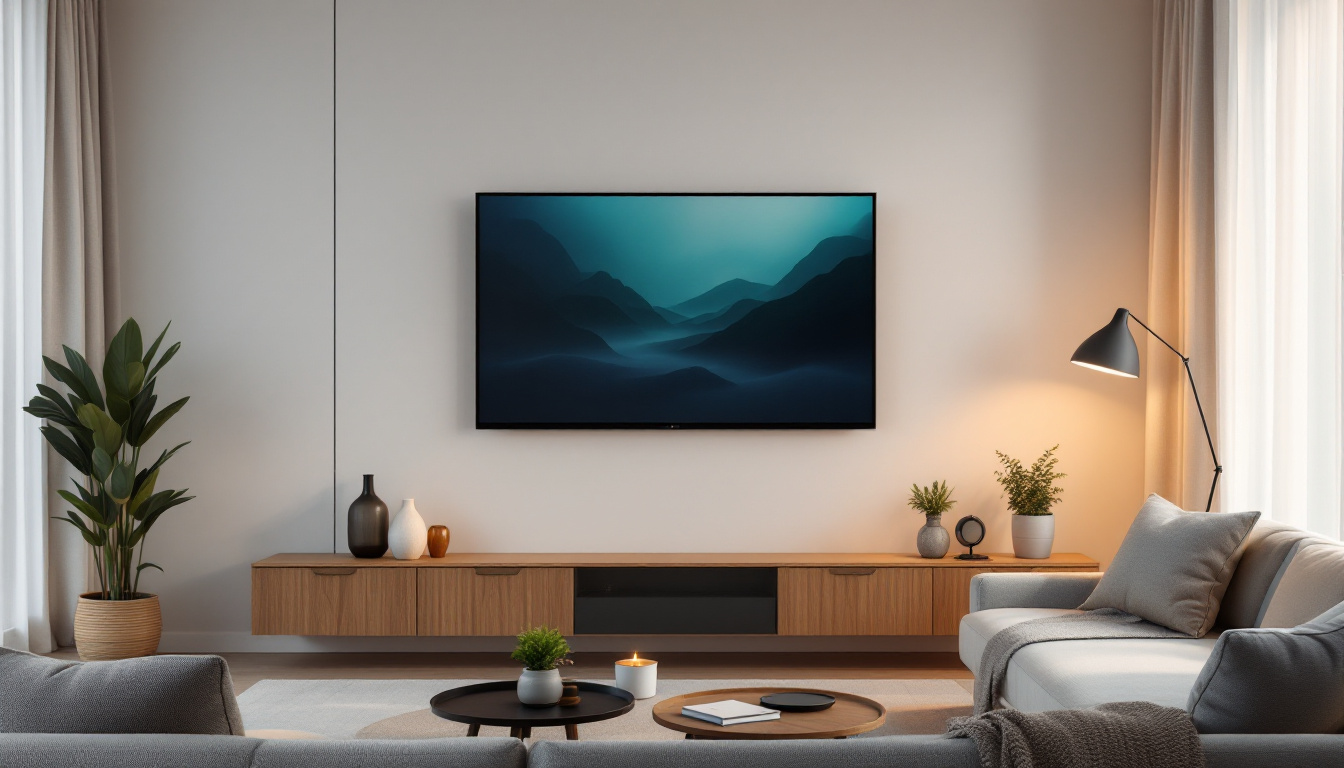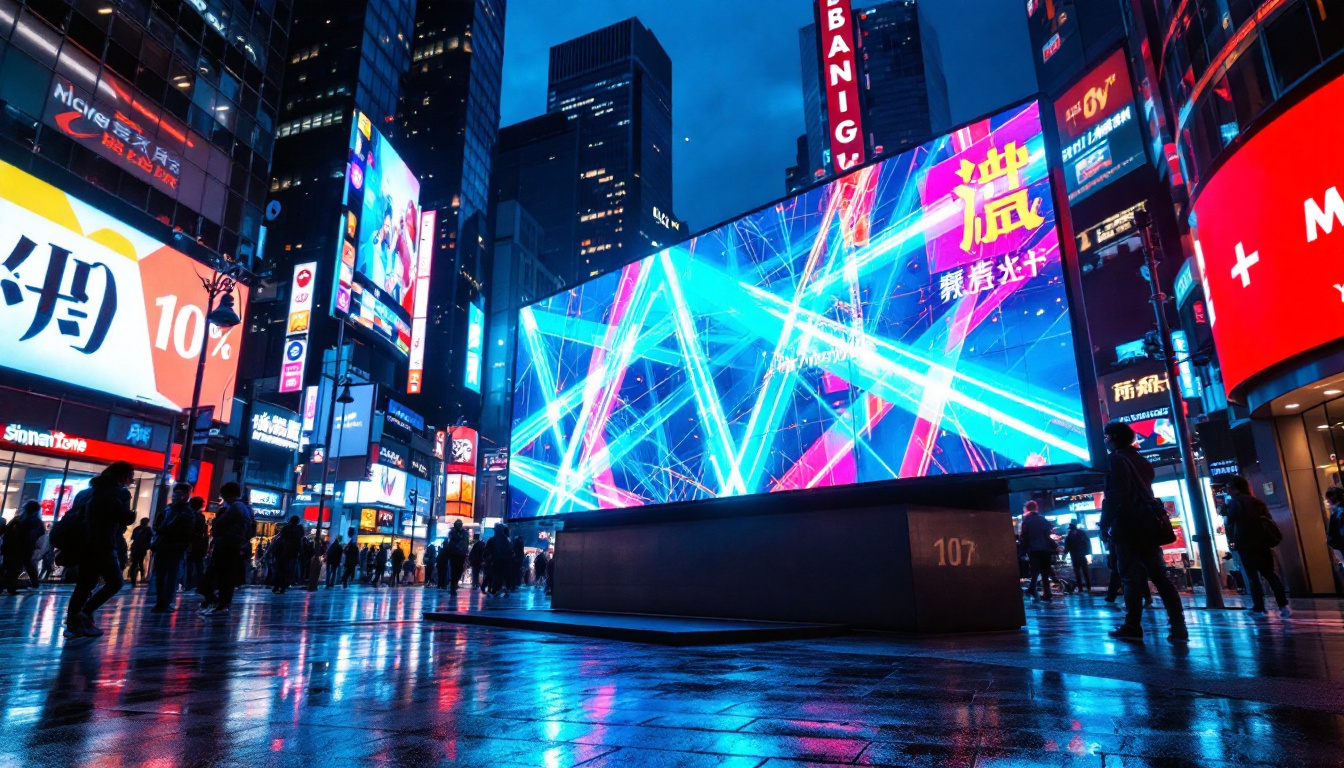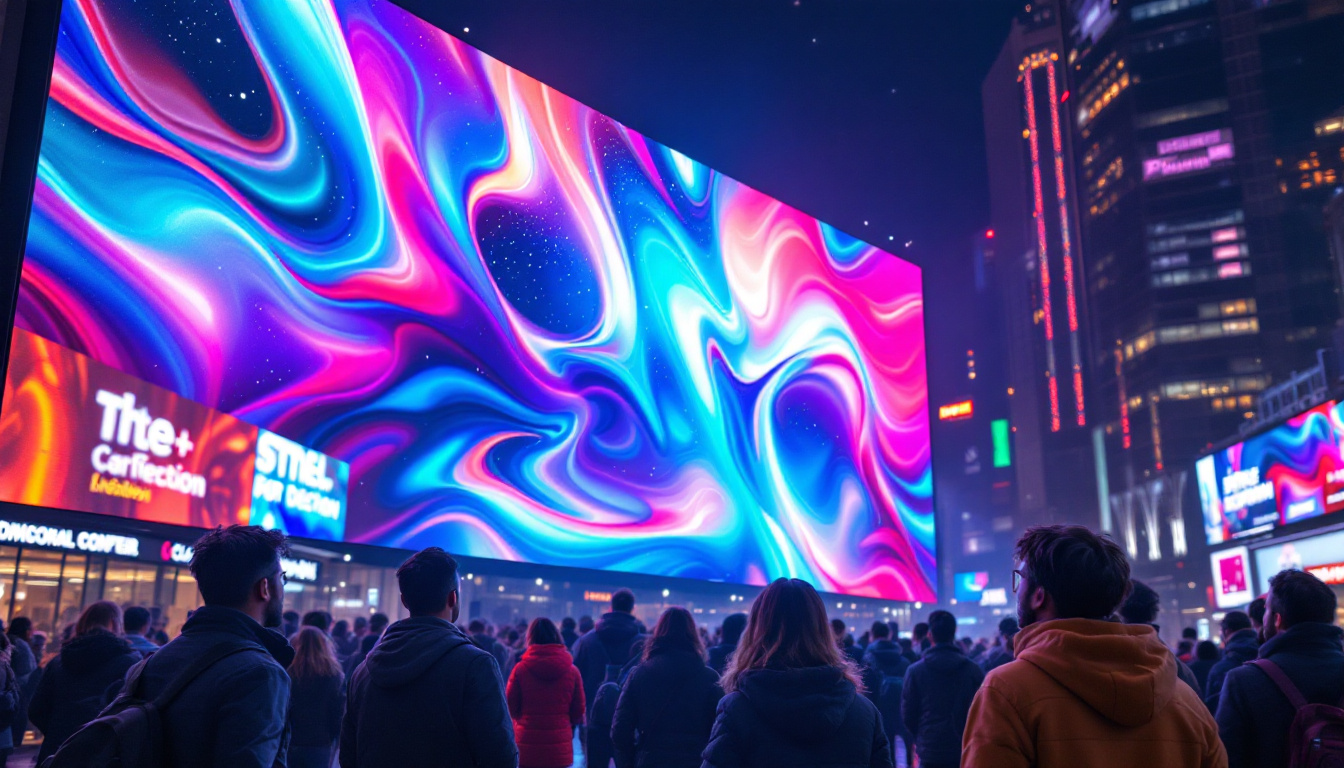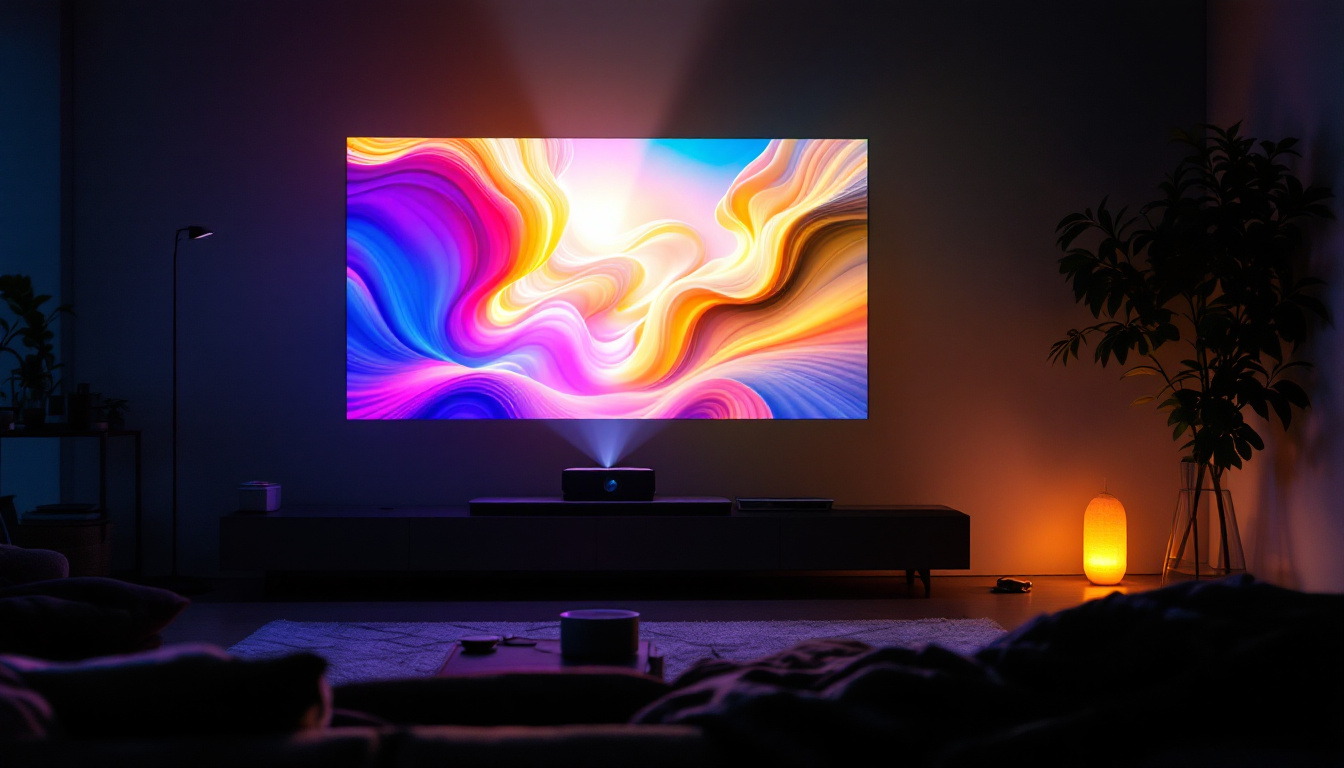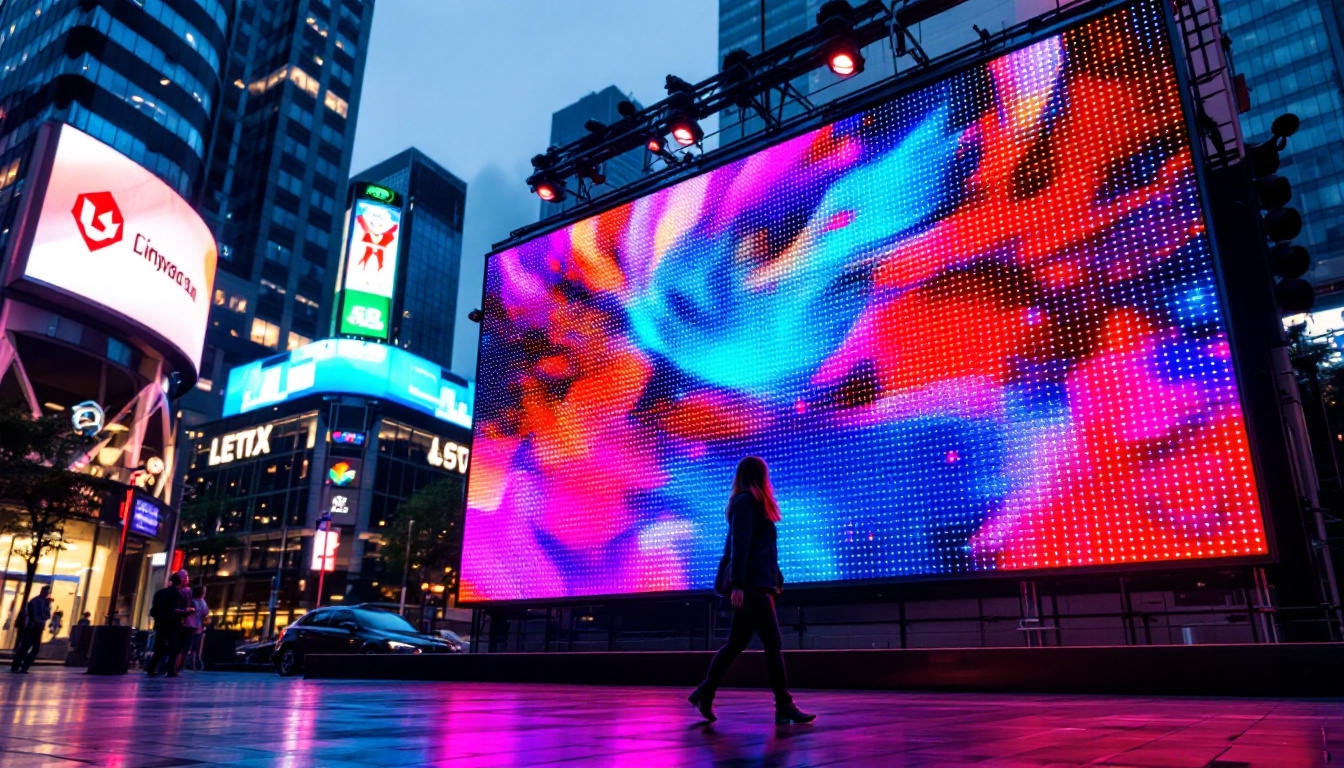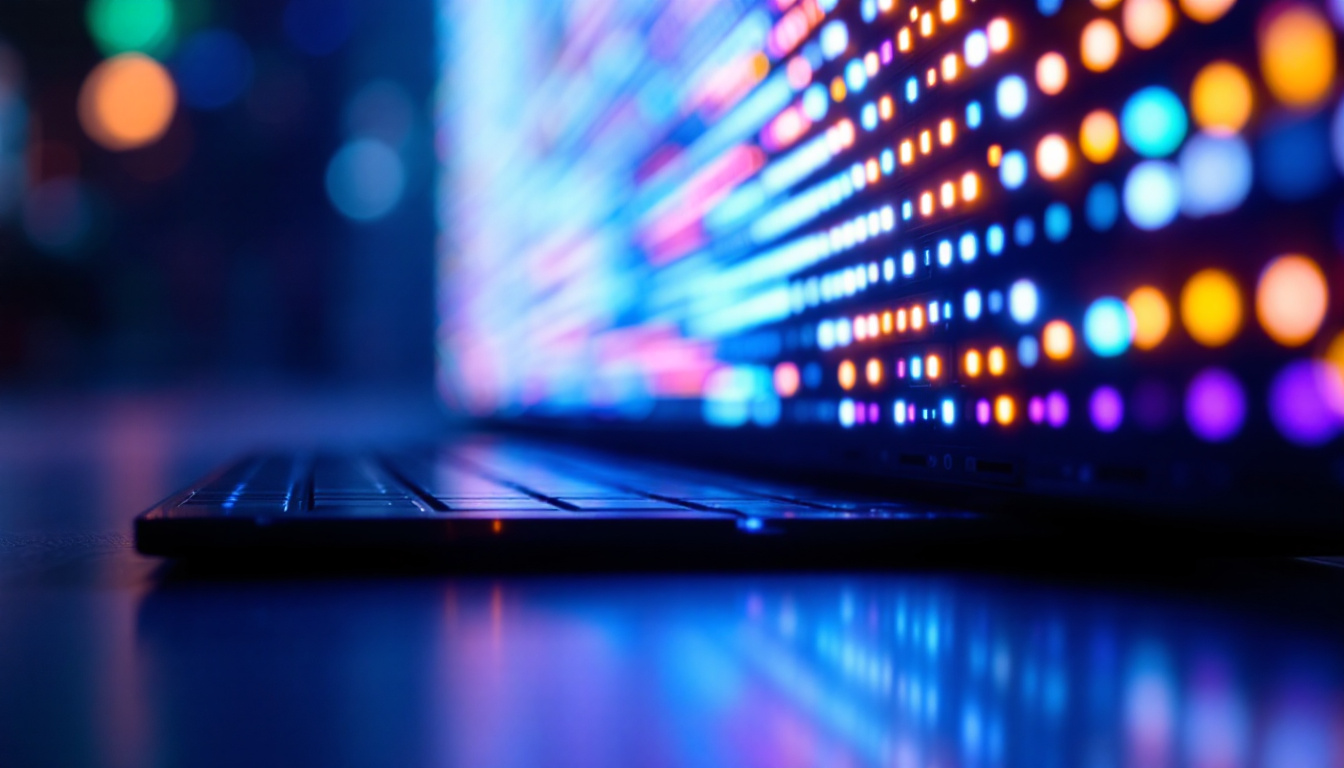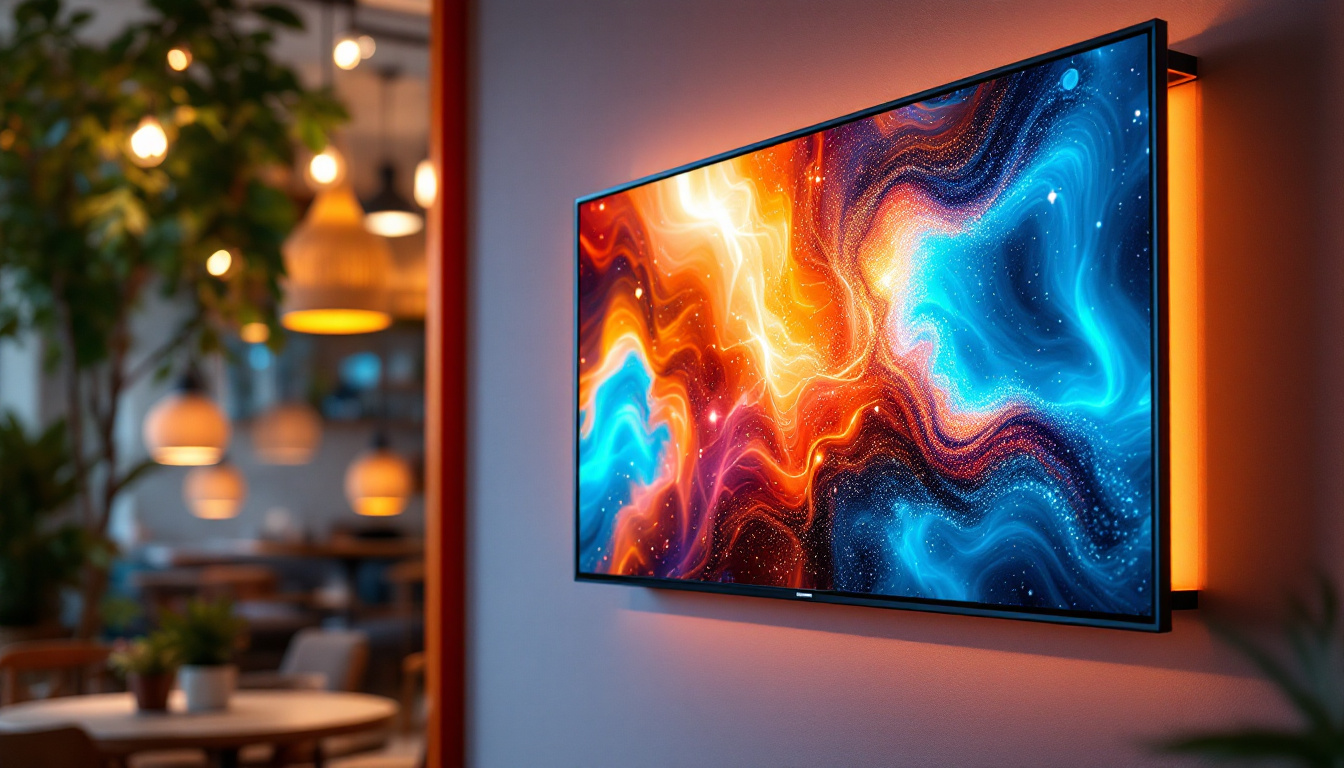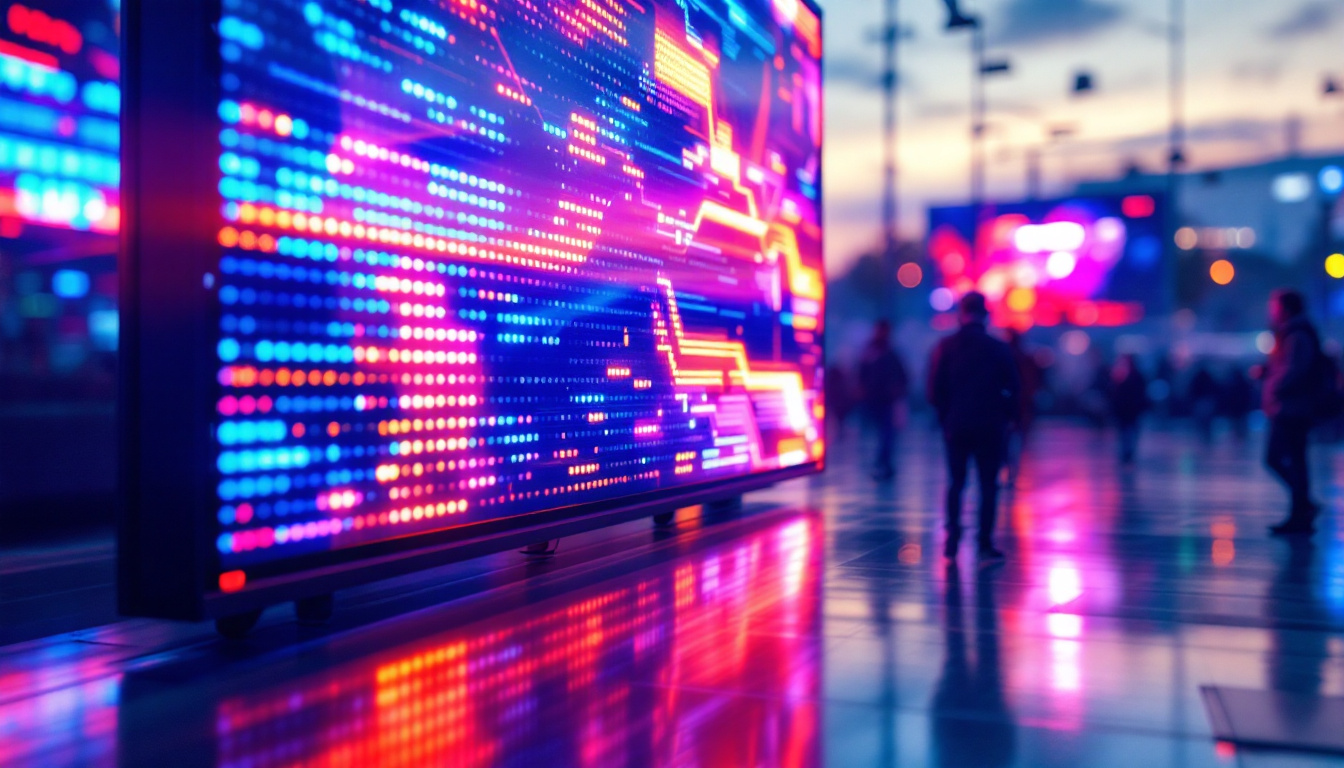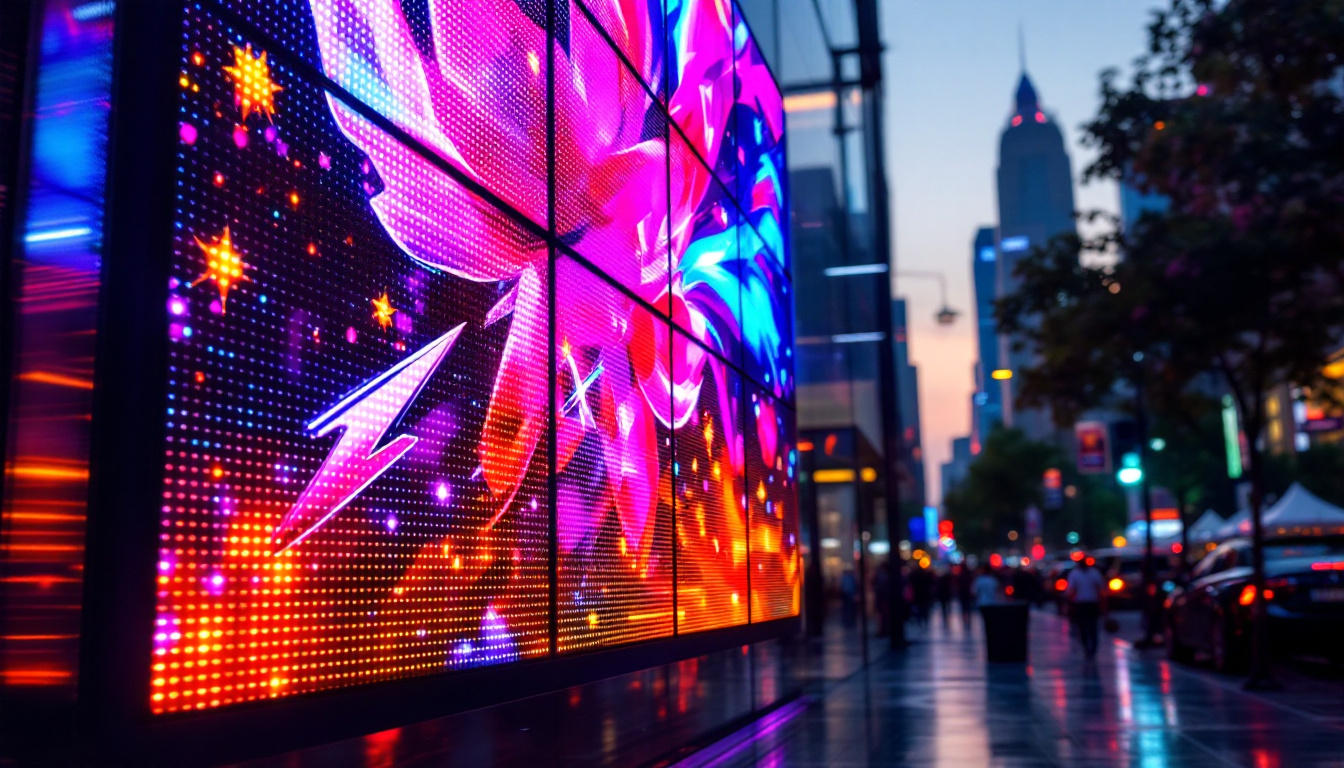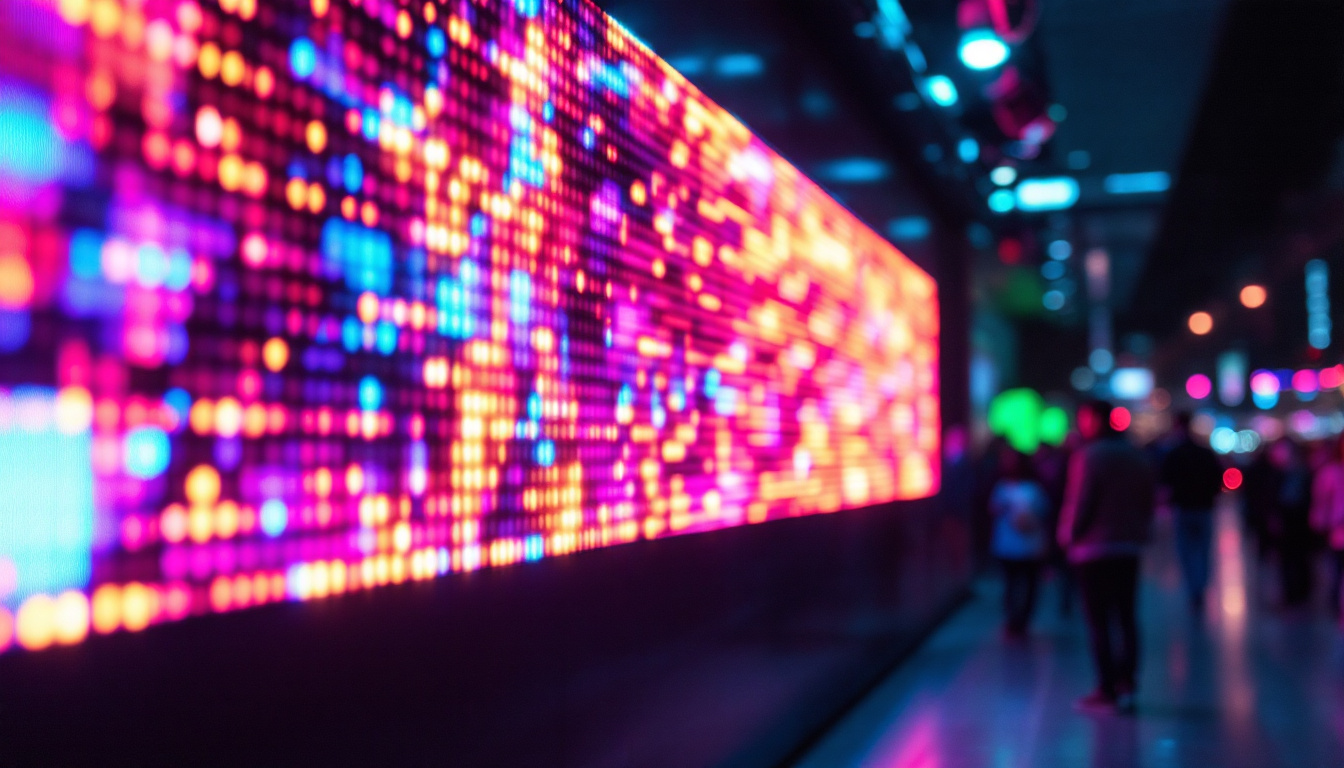In today’s digital age, large touch screens with LED displays have become integral to various industries, from education to retail and beyond. These advanced technologies not only enhance user interaction but also provide vibrant visuals that captivate audiences. Understanding how these displays work and their applications can help organizations make informed decisions when investing in such technology.
Understanding LED Technology
Light Emitting Diodes (LEDs) have revolutionized display technology by offering brighter, more energy-efficient solutions compared to traditional LCD screens. The fundamental principle behind LED displays is the emission of light from semiconductor materials when an electric current is applied. This technology has not only transformed consumer electronics but has also paved the way for innovations in various fields, including automotive lighting, architectural illumination, and even horticulture.
Types of LED Displays
There are primarily two types of LED displays: Direct View LED (DVLED) and LED-backlit LCD. DVLED displays consist of an array of individual LEDs that create images directly, while LED-backlit LCDs use LEDs to illuminate a liquid crystal display from behind. The choice between these two types often depends on the specific application and desired visual performance.
DVLED displays are particularly popular for large touch screens due to their ability to produce vibrant colors and deep blacks, resulting in stunning visual quality. Their modular design allows for seamless scaling, making them perfect for large venues such as stadiums and concert halls. On the other hand, LED-backlit LCDs are often more cost-effective and can still provide excellent image quality, making them suitable for various applications, from home televisions to commercial displays in retail environments.
Benefits of LED Displays
The advantages of LED displays extend beyond just visual appeal. One of the most significant benefits is their energy efficiency. Compared to traditional display technologies, LED screens consume less power, which can lead to substantial cost savings over time. This efficiency is particularly beneficial in settings where screens are used for extended periods, such as in digital signage or public information displays.
Additionally, LED displays are known for their durability and longevity. They can withstand harsher conditions, making them ideal for both indoor and outdoor use. This resilience ensures that organizations can rely on their investment for years without frequent replacements. Moreover, the low heat emission of LED technology contributes to a reduced environmental footprint, as less energy is wasted as heat. This characteristic not only enhances the lifespan of the displays but also minimizes the need for extensive cooling systems in commercial settings, further optimizing energy consumption.
Large Touch Screen Functionality
Large touch screens integrate LED display technology with touch-sensitive capabilities, allowing users to interact directly with the content displayed. This functionality has transformed how information is presented and engaged with in various settings. From corporate boardrooms to classrooms and public spaces, the versatility of large touch screens has made them an essential tool for enhancing communication and collaboration.
Touch Technology Types
There are several types of touch technology used in large touch screens, including resistive, capacitive, and infrared touch. Each type has its unique characteristics and applications. Understanding these differences can help users select the right technology for their specific needs.
Resistive touch screens operate by detecting pressure applied to the screen surface. They are highly accurate and can be used with gloves or styluses, making them suitable for industrial applications. Capacitive touch screens, on the other hand, rely on the electrical properties of the human body to register touch. They offer a more responsive experience and are commonly found in consumer electronics. Their ability to support gestures like pinch-to-zoom and swipe enhances user interaction significantly.
Infrared touch technology uses an array of infrared sensors to detect touch. This method allows for multi-touch capabilities and is often used in large displays for public information systems and interactive kiosks. The absence of a physical layer on the screen surface means that infrared touch screens can maintain clarity and brightness, making them ideal for outdoor or brightly lit environments.
User Experience and Interaction
The combination of large touch screens and LED displays creates an immersive user experience. The vibrant colors and high contrast ratios of LED technology enhance visibility, making it easier for users to engage with content. Furthermore, the touch functionality allows for intuitive navigation, enabling users to interact with information in a more dynamic way. This seamless interaction encourages exploration and discovery, which is particularly beneficial in environments where learning or information dissemination is key.
In educational settings, for instance, large touch screens can facilitate collaborative learning. Students can work together on projects, share ideas, and present their findings in an interactive manner. This level of engagement not only aids in knowledge retention but also fosters teamwork and communication skills. Beyond education, businesses can utilize large touch screens for interactive presentations and brainstorming sessions, allowing teams to visualize concepts and strategies in real-time. The ability to manipulate data and visuals directly on the screen encourages creativity and innovation, making meetings more productive and engaging.
Moreover, large touch screens are increasingly being integrated into smart environments, such as smart homes and offices. These screens can serve as control hubs for various connected devices, allowing users to manage lighting, climate, and security systems with simple touch commands. The convenience of having multiple functionalities in one interface not only streamlines operations but also enhances user satisfaction by providing a cohesive and user-friendly experience.
Applications of Large Touch Screens with LED Displays
The versatility of large touch screens with LED displays makes them suitable for a wide range of applications across various sectors.
Education
In educational institutions, large touch screens are increasingly being used as digital whiteboards or interactive displays. They allow teachers to present lessons in a visually engaging manner, incorporating multimedia elements that enhance the learning experience.
Moreover, these displays enable students to participate actively in lessons, whether through group activities or individual tasks. The ability to annotate directly on the screen further enriches the educational process, making complex concepts easier to understand.
Retail and Advertising
In the retail sector, large touch screens serve as powerful marketing tools. They can display promotional content, product information, and even enable customers to browse inventory. This interactive experience not only attracts customers but also encourages them to spend more time in the store.
digital signage powered by large LED touch screens can also be used for advertising in high-traffic areas. The eye-catching visuals and interactive features draw attention, making them effective for brand promotion and customer engagement.
Healthcare
In healthcare settings, large touch screens can streamline operations and improve patient care. They can be used for displaying patient information, scheduling appointments, and even facilitating telemedicine consultations. The intuitive interface allows healthcare professionals to access and share information quickly, enhancing overall efficiency.
Additionally, large touch screens can serve as interactive displays in waiting areas, providing patients with information about services, health tips, or entertainment while they wait. This not only improves the patient experience but also keeps them informed.
Choosing the Right Large Touch Screen
When selecting a large touch screen with an LED display, several factors should be considered to ensure it meets the specific needs of the organization.
Screen Size and Resolution
The size of the screen is a crucial factor, as it should be appropriate for the intended space and audience. A larger screen may be necessary for a crowded environment, while a smaller screen may suffice in more intimate settings. Additionally, the resolution of the screen impacts the clarity and detail of the displayed content. Higher resolution screens provide sharper images, which is particularly important for applications involving intricate graphics or text.
Touch Sensitivity and Durability
Touch sensitivity is another vital consideration. The responsiveness of the touch screen can significantly affect user experience. Organizations should opt for screens that offer high sensitivity and multi-touch capabilities for a more interactive experience. Furthermore, durability is essential, especially in high-traffic areas. Screens should be able to withstand frequent use without showing signs of wear and tear.
Integration and Compatibility
Lastly, it is important to consider how the large touch screen will integrate with existing systems and software. Compatibility with various operating systems and applications can enhance functionality and ease of use. Organizations should ensure that the touch screen can seamlessly connect to their current technology infrastructure to maximize its potential.
Future Trends in Large Touch Screens
The technology behind large touch screens and LED displays is continually evolving, with several trends emerging that may shape their future applications.
Advancements in Touch Technology
Future advancements in touch technology may lead to even more responsive and intuitive screens. Innovations such as haptic feedback, which provides tactile responses to touch, could enhance user interaction by making it feel more natural. Additionally, advancements in gesture recognition may allow users to control displays without physical contact, further streamlining the user experience.
Increased Use of AI and Interactivity
Artificial intelligence (AI) is set to play a significant role in the future of large touch screens. AI-driven applications can personalize user experiences by analyzing behavior and preferences. This level of customization can lead to more engaging interactions, particularly in retail and education.
Moreover, the integration of augmented reality (AR) with large touch screens can create immersive experiences that blend the digital and physical worlds. This technology could be particularly beneficial in training simulations, marketing, and interactive installations.
Conclusion
Large touch screens with LED displays represent a significant advancement in technology, offering dynamic and interactive solutions across various sectors. Their versatility, energy efficiency, and vibrant visuals make them an attractive option for organizations looking to enhance user engagement and improve operational efficiency.
As technology continues to evolve, the potential applications and capabilities of large touch screens are likely to expand even further. By understanding the fundamentals of LED displays, touch technology, and their various applications, organizations can make informed decisions that align with their goals and needs.
Investing in large touch screens is not just about keeping up with technological trends; it is about embracing a future where interaction and engagement are at the forefront of communication and collaboration.
Discover LumenMatrix’s Innovative LED Display Solutions
Ready to elevate your space with the latest in LED display technology? LumenMatrix is at the forefront of creating immersive visual experiences that captivate and engage. From vibrant Indoor and Outdoor LED Wall Displays to dynamic Vehicle and Sports Displays, our extensive range of solutions caters to every need. Whether you’re looking to enhance your brand’s visibility, create a mesmerizing environment, or communicate with impact, LumenMatrix has the cutting-edge technology to bring your vision to life. Check out LumenMatrix LED Display Solutions today and step into the future of visual engagement.

